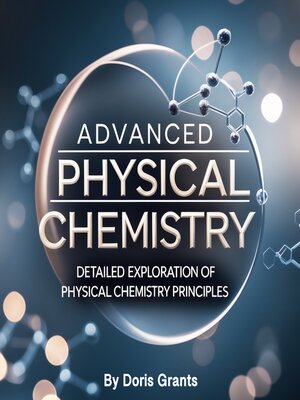Advanced Physical Chemistry
audiobook (Unabridged) ∣ Detailed Exploration of Physical Chemistry Principles
By Doris Grants

Sign up to save your library
With an OverDrive account, you can save your favorite libraries for at-a-glance information about availability. Find out more about OverDrive accounts.
Find this title in Libby, the library reading app by OverDrive.



Search for a digital library with this title
Title found at these libraries:
| Library Name | Distance |
|---|---|
| Loading... |
Thermodynamics forms the backbone of physical chemistry, providing the fundamental laws that govern energy transformations in chemical systems. It allows scientists to predict whether a reaction will occur under given conditions and how far it will proceed. The first law of thermodynamics, which is the principle of conservation of energy, states that energy cannot be created or destroyed, only converted from one form to another. This principle is essential when analyzing heat exchange in chemical reactions. The second law introduces the concept of entropy, a measure of disorder or randomness. In any spontaneous process, the total entropy of the universe increases, guiding us in understanding reaction spontaneity.
Central to chemical thermodynamics is the concept of Gibbs free energy, which combines enthalpy and entropy into a single value that predicts spontaneity under constant temperature and pressure. A negative change in Gibbs free energy indicates that a reaction can occur spontaneously, while a positive value means the reaction is non-spontaneous. This relationship becomes particularly useful when determining reaction feasibility in both industrial processes and biological systems.
Chemical equilibrium is another crucial aspect of this field. It refers to the state in which the forward and reverse reactions occur at the same rate, resulting in constant concentrations of reactants and products. At equilibrium, the system has reached a state of minimum Gibbs free energy, and no net change is observed unless external conditions are altered. The equilibrium constant, K, quantifies the ratio of products to reactants at equilibrium, and its value is highly sensitive to temperature changes.






